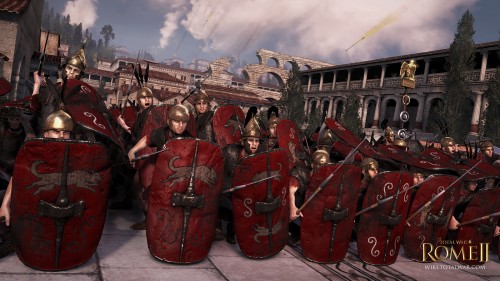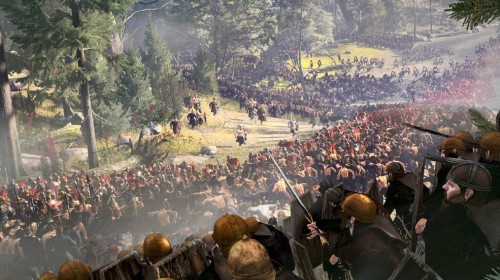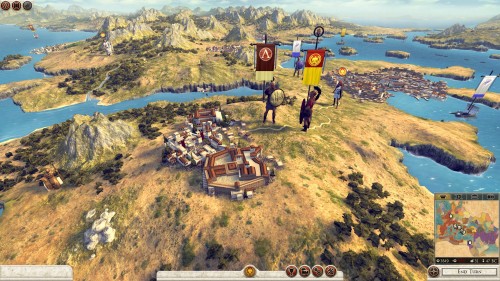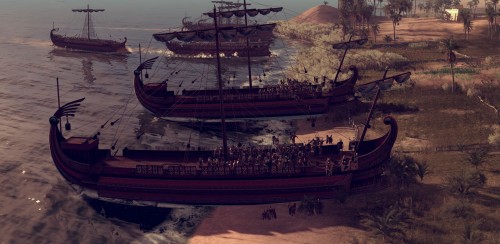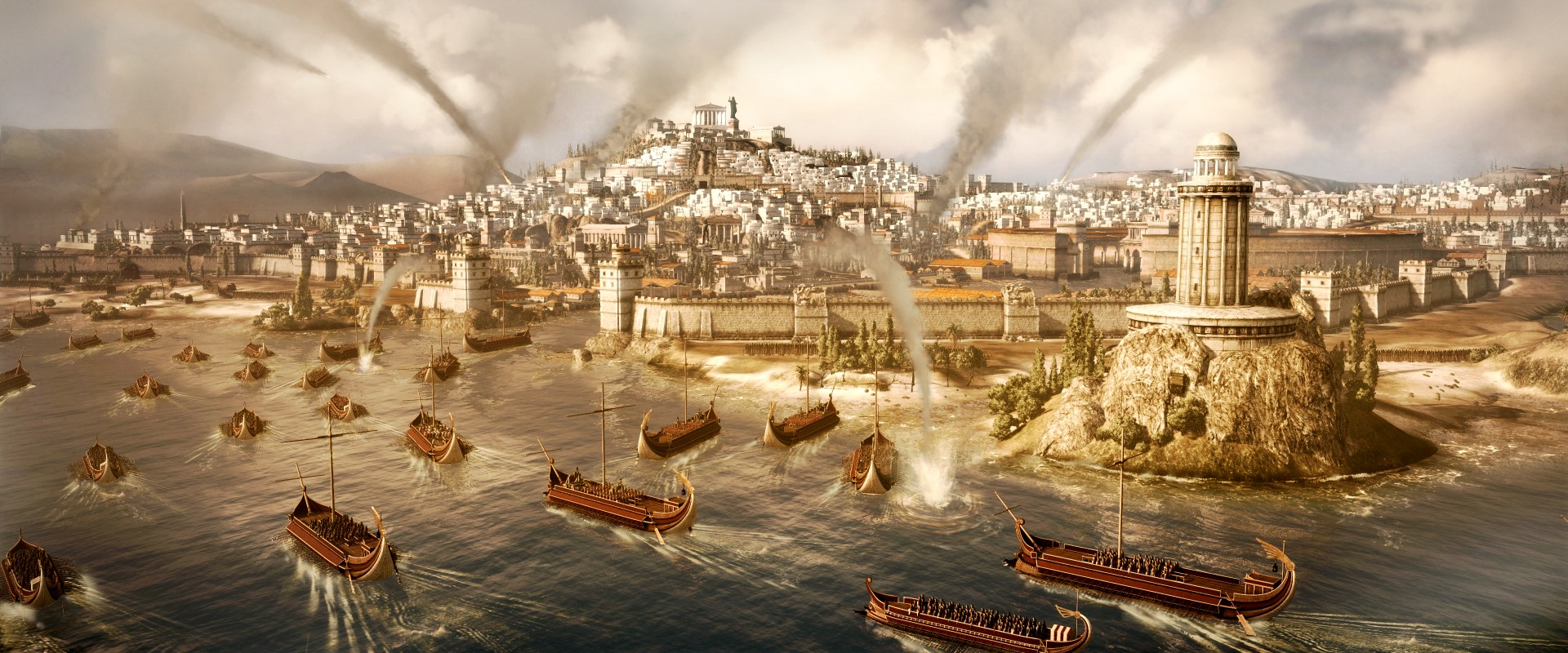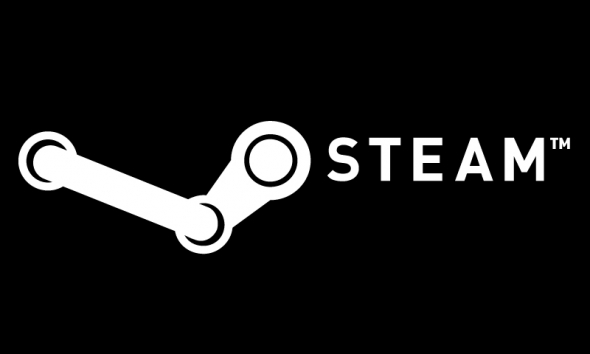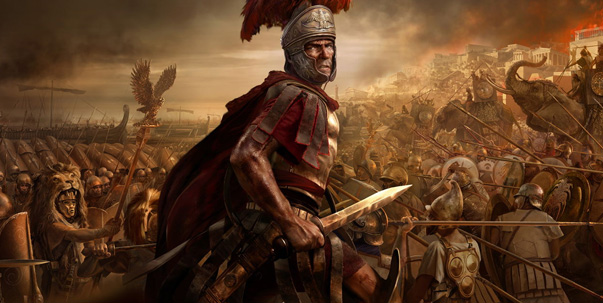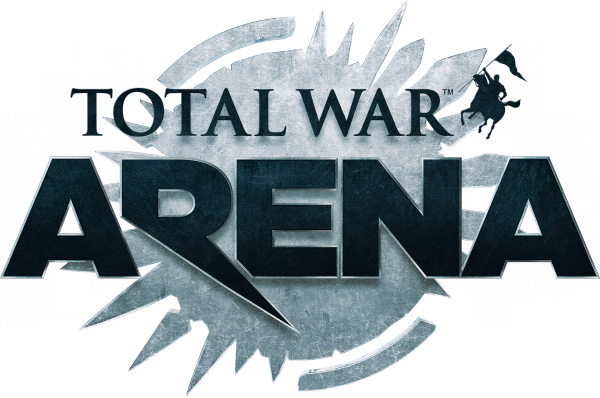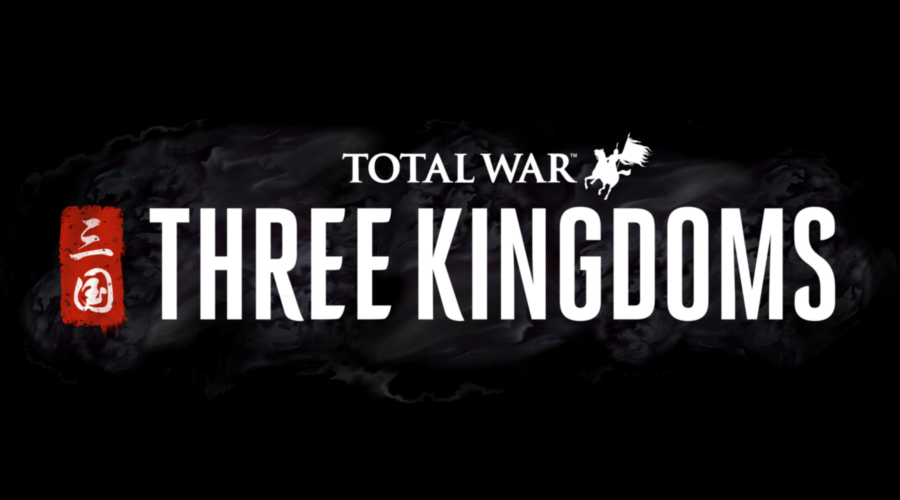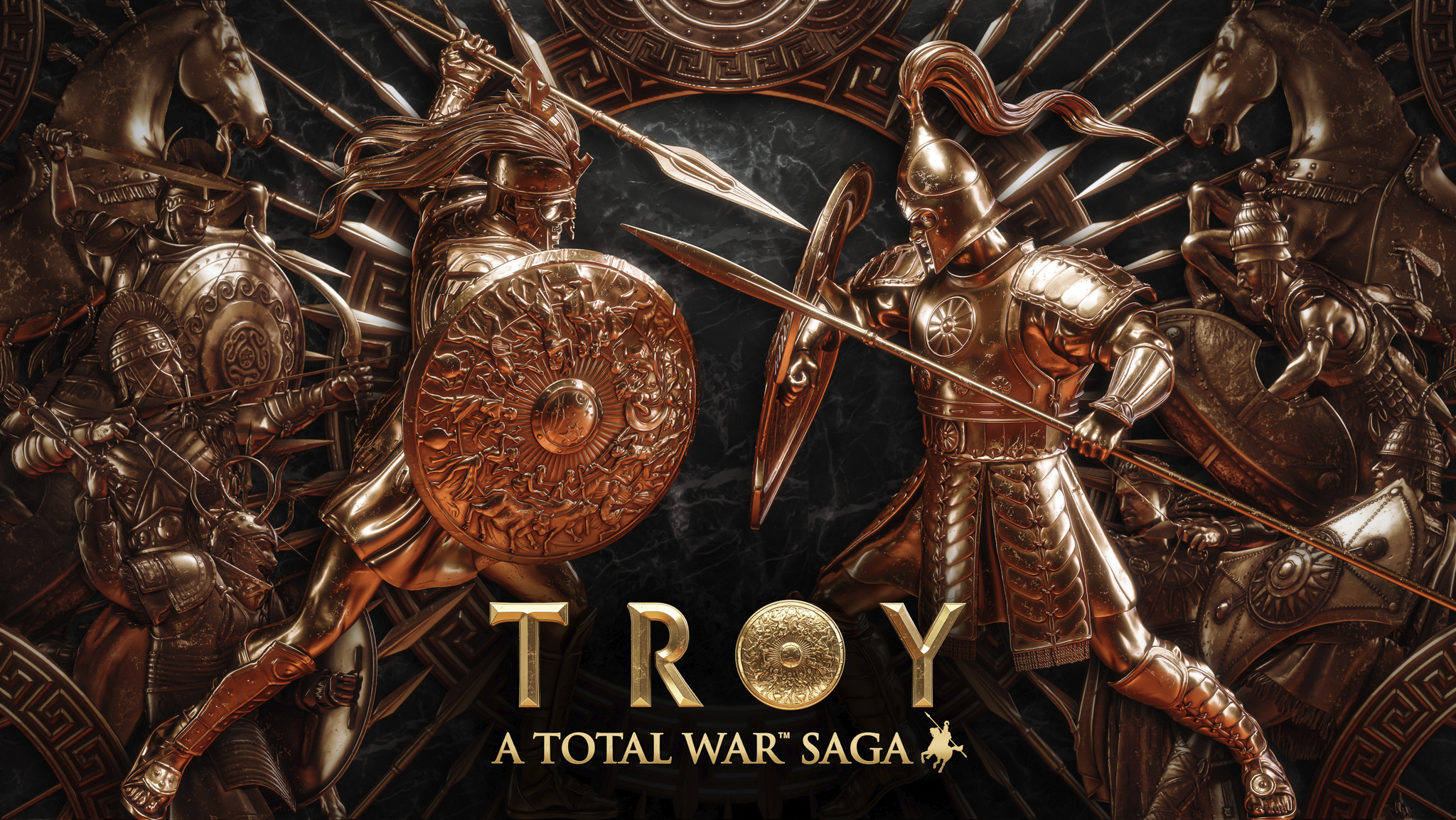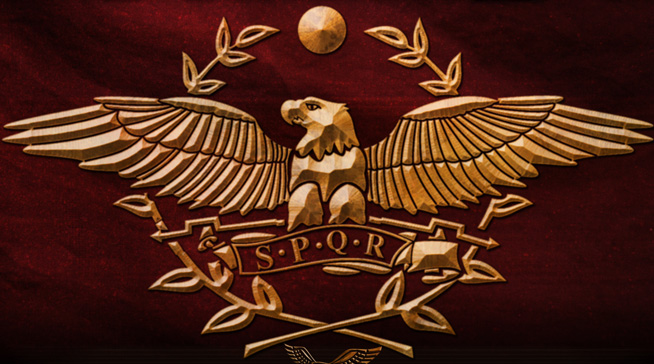
I don’t want to say The Creative Assembly are a “hit or miss” developer, but with Total War: Rome II now in our hands I’m starting to think that might be the case. If we consider the modern string of mainline Total War games, their quality jumps pretty clearly up and down. Medieval II: great. Empire: not so great. Shogun 2: great. And now Rome II? As I said, I don’t want to say they’re a “hit or miss” developer, but here we are.
With Medieval II before it, and more recently Shogun 2, Rome II completes The Creative Assembly’s modern revision of the original trio. Though I’ve always been partial to Medieval over other settings, Rome runs a close second, and there’s no denying it’s a fan favourite. Ask Total War fanatics which sequel they’d like to see and more often and not the loudest in the room would be chanting “Rome II“. And even though Rome II encompasses a number of welcome modernisations and advancements series fans will be familiar with from recent entries, I suspect it may not be that brilliantly faithful, long sought after Rome sequel so many desire.
Total War veterans will instantly recognise the formula: build armies, manage settlements, and conquer the known world as the Roman Republic, Egypt, Carthage, a Germanic tribe, or any other number of factions (and sub-factions) with their own unique units, cultural quirks, statistics, and diplomacy. Under the franchise umbrella this is Total War as you’ve always known it, bringing across most of the incremental advancements and refinements made by Shogun 2.
Where Rome II does steer away from Shogun 2 is the greater emphasis on the micro strategy of individual politics and units amidst the macro campaign strategy. I guess this is an extension of the time period and Rome’s then republic, where the senate played just as an important role in history as the bloodlines of rulers, as did the individual pursuits and growing might of generals and their military forces. Yes, Rome II is a game about the people, a surprisingly odd direction given the forte of macro level strategy in Total War campaign play.
What this means is that the micro level of play has been oddly convoluted and padded with statistics and variables that give faux depth to the growth and strategy of individual units. Battalions moving across the campaign map must be controlled by generals, who in turn grow in statistics and perks based on their history and achievements. Individual units will to gain experience and strength, mid-battle data showing numerical values for a number of attributes like strength, defence, speed, and so on. There’s a senate to appease, mingle with, and assassinate if you so desire. And it all seems relatively time wasting and pointless.
Rich strategising is important for Total War, but Rome II‘s insistence to focus on the micro comes across as unnecessary pseudo-RPG pulp. It’s hard to care too much about which general specific upgrade you’ll chose, +3 Zeal or +2 Authority, when the feedback for these perks is borderline non-existent. More often than not, these numbers and stats are spreadsheets on a screen. And this kind of micro level play is insistent throughout more or less everything you do in Rome II. You’ll often find yourself baffled at what, exactly, a perk or statistic or choice, is supposed to represent, especially when it comes to the senate, and can look forward to digging through the web browser-like in-engine encyclopaedia to find out.
Much of this pulp is forgivable, as pointless as it is it’s not really intrusive to the greater scope of play, if disappointing to see historically focused ideas like the senate result in the abandoning of family trees. You’ll still be able to play Total War as you’ve always done and have fun…when it works.
It’s rather alarming to see how the work put forward by Medieval II and Shogun 2, hell even Empire, has been fumbled by Rome II. Naval battles, now a staple, should greatly enhance the complexity of battles and campaign map strategy for conquering ~200AD Europe (and Middle East). As should the greater diversity of unit types, recognition of terrain perks for combat strategy, complex diplomacy and agent use, and so on. As all these things did in Shogun 2. But Rome II is so littered what I can only assume are bugs, along with baffling user interface decisions, that it too often just doesn’t come together.
AI is, to put it bluntly, unfinished. It’s not uncommon for a Total War game to ship with certain aspects feeling “unfinished”, a running joke among the fans and generally forgivable due to the crazy scope of the game, but AI is really kind of important to the ebb and flow of campaign play. In open field battles the AI can hold its own fairly well, strategising in ways you’ll have come to recognise from prior entries. But in settlements and cities? The degree if foolishness in both settlement defence and offence strategy from the AI is laughable at best, epitomised by a defending force completely ignoring my capturing of their central flag and routing at the drop of a pin, or a settlement assaulting force suicide rushing your well defending cities with the tiniest of armies. While one-on-one field battles are fine, it’s like the AI has literally no concept of offence and defence in settlements and cities, and certainly no long term battle strategising, even for something as simple as surviving for as long as possible in the city square to prevent or prolong a capture until nearby backup arrives.
Even when AI units do clash, they frequently break formation and become entangled with your own troops in a mess of banner colours swinging swords and spears, a problem reoccurring irrespective of where you’re fighting. This includes the ocean, too. On more than one occasion my naval ships ignored a command to ram or board, or a seemingly stronger unit of my own faltered at a enemy’s weaker ship with real reason given as to why. To be perfectly honest I never got my head around just what did and did not work in Rome II‘s naval battles, and towards the end of my play was resorting to automated naval battle results to avoid enduring them.
The placid AI seeps into the campaign map too, opposing factions incredibly hesitant to start any kind of war with the player. You’ll often get alerts that AI has declared war on each other, but rarely on your own forces, making campaign map strategising rather dull, as it’s almost like each faction is simply waiting around for you to conquer them. It’s like they just don’t give a damn that my Roman Republic is rapidly blossoming into a mighty empire, which in turn makes it hard for me to care.
I mentioned that the UI had problems. I’m fairly comfortable saying it’s one of the worst the series has ever had. There’s some good ideas there, The Creative Assembly trying to clean up and neatly organise icons (especially on the campaign map) to free up visual space, but it’s like their source of inspiration was Windows 8 Metro, many of the icons poorly communicating what they’re supposed to represent. It’s at its worst in battles, where the poor choices in colour contrasts and similarities between unit icons makes it rather difficult to, at a quick glance, identify unit types and their activity.
Thankfully most of the UI presentation issues don’t extend across to the rest of the production. I’m not sure Rome II is the fidelity and technology leap over Shogun 2 as the latter was to Empire, but maxed out it does look really rather good. Environments and terrain in particular are very impressive; grass, rocks, and other little details rendered clearly over a long distance. An improved lighting and shadow engine is occasionally let down by some over liberal colour filtering during sunrise and sunset, but is enhanced by great little ambient effects, such as slightly dissipating bloom whenever the sun moves behind clouds. Really, Rome II‘s skies are the best part, featuring some of the most beautiful skyboxes I’ve seen in a game for some time. Oceans too look great, subtle reflections on the surface further enhanced by the realistic motion of waves that accurately bob boats and other objects up and down with believable physics. And all of these enhancements make their way across to the campaign map, which could stand as the most beautiful in the series so far.
Sound production too is quite good, especially in the ambiance, where location of the camera dictates what kind of audio you’ll hear. Slowly zooming out and find audio muffle and wavelengths filter as it would in real life is a really neat effect, and goes a long way in selling the sense of scale in audio. Unit banter is sadly forgettable, lacking the punchy pre-battle rants and speeches of the original Rome (they’re here, but they’re not memorable), and Rome II‘s soundtrack too doesn’t have much in the way of memorable tunes compared to prior entries. It’s not bad, certainly appropriate for the time period with proper use of regional and historically authentic instruments, but replacing veteran composer Jeff van Dyck, who has composed almost every game in the series, with Richard Beddow does show a bit.
Rome II‘s biggest issue with the latest engine iteration is more or less the same as with every prior entry: the performance cost. It’s high, and especially taxing on the CPU, and shows its thorns with the game maxed out even on stronger rigs, and with the long processing times between campaign map turns. Others have reported LOD asset bugs, wherein lower quality details are loaded in even while the camera is close to the source, but I’ve only had the problem a couple of times.
There’s a whole lot of negativity in this review, but read between the lines and you’ll find (settlement AI excluded) most of Rome II‘s issues are the product of over engineering the micro strategy, annoying engine quirks, and fumbling with user interface presentation. The reality is that, problems aside, there’s a great Total War game buried beneath the surface. Unlike Empire, which suffered from over ambition and excessive scope crippling the core design, Rome II‘s benefit is its ability to fall back on tried-and-true mechanics. Though the setting changes, Rome, Medieval, and Shogun all share similarities in many of the units and the strategies you can deploy. Advancements made in refining these strategies and mechanics are here and generally as functional as ever. Rome II‘s campaign map is open to plenty of diverse strategising, both in military and agent positioning and in the management and growth of settlements and cities. Attention to detail behind each faction ensures semi-historical accuracy differentiates them from each other. There’s promise in the senate system to encourage political tinkering. Really, there’s no bloat in the macro play, and it works well.
The issue is that even if all those gears work pretty well in unison, a lot of them are rusty. As noted, the joke of a Total War launching in an unfinished state is as true here as ever before, and the fact of the matter is in this particular case it diminishes the overall quality of play and strategy. The issues are prominent enough, especially in the AI, that it’s hard to recommend Rome II in its launch state to anybody except the more forgiving Total War fans.
I do think micro per-unit/general strategising is the wrong direction for the series, where refining of the micro scale and deepening the macro would better suit the genre, and this is the only glaring issue, alongside the user interface, that probably won’t ever be patched. But as it stands, The Creative Assembly are taking steps to address engine, balance, and AI issues in post-launch updates. As of writing Rome II has already received a couple of patches, the latest of which did admittedly improve the campaign AI enough to notice a difference in aggression and strategy, along with improved engine performance. A positive difference, and a very welcome one. And I guess herein lies the issue with Rome II; give it a few months and the Rome II of tomorrow will be an objectively superior, refined game to the Rome II of today. The Rome II of today is superior to the Rome II of yesterday, patches already working their magic. What it really comes down to is how forgiving individual Total War players are, and how much leniency can be granted towards SEGA and The Creative Assembly for shipping a great Total War game buried under a number of issues that should have been ironed out pre-release.
Maybe I’m one of the more lenient Total War players, finding a good amount of fun even in the pre-patch build, and even more as the patches roll out. But I can only speak for myself. I’m positive Total War: Rome II is a satisfying Total War game more than worth your investment. It’s a question of when to invest; now, while issue are still being ironed out? Or later, when updates have made for a superior game? That’s up to you.
Modern Total War mechanics still play great | Attractive graphics and audio | Quickly improving via updates
AI strategy issues | Unfriendly user interface | Wasteful focus on micro play | Shipped in a poorer state

